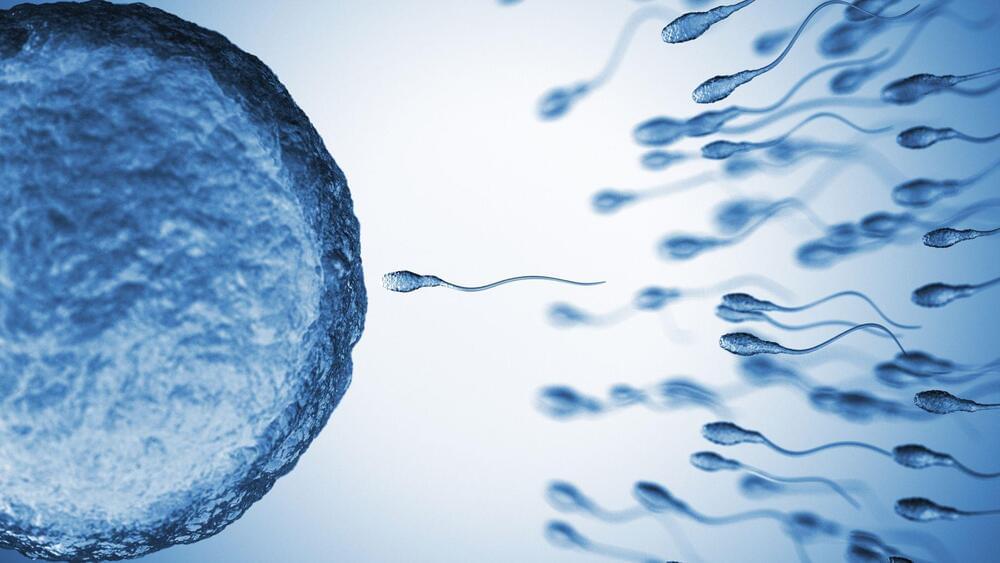
Discover the Arc Sport, a revolutionary electric wake boat engineered for performance, sustainability, and seamless user experience.
Former SpaceX engineers have unleashed their latest innovation, the Arc Sport, onto the waters, redefining the landscape of wake sports. Combining cutting-edge aerospace engineering with electric vehicle (EV) technology, the Arc Spor t promises an exhilarating experience like no other.
Boasting a massive 226 kWh battery capacity and a robust 570 horsepower (425 kW) motor, this engineering marvel delivers more than double the torque of its gas-powered counterparts.
Arc Sport stands out as a beacon of progress in a market hungry for innovation. Unlike traditional wake boats that lag in technological advancements, the Arc Sport integrates advanced software seamlessly, offering a truly smart boating experience with over-the-air updates continuously enhancing its capabilities; the Arc Sport evolves, setting a new standard for intelligent watercraft.









